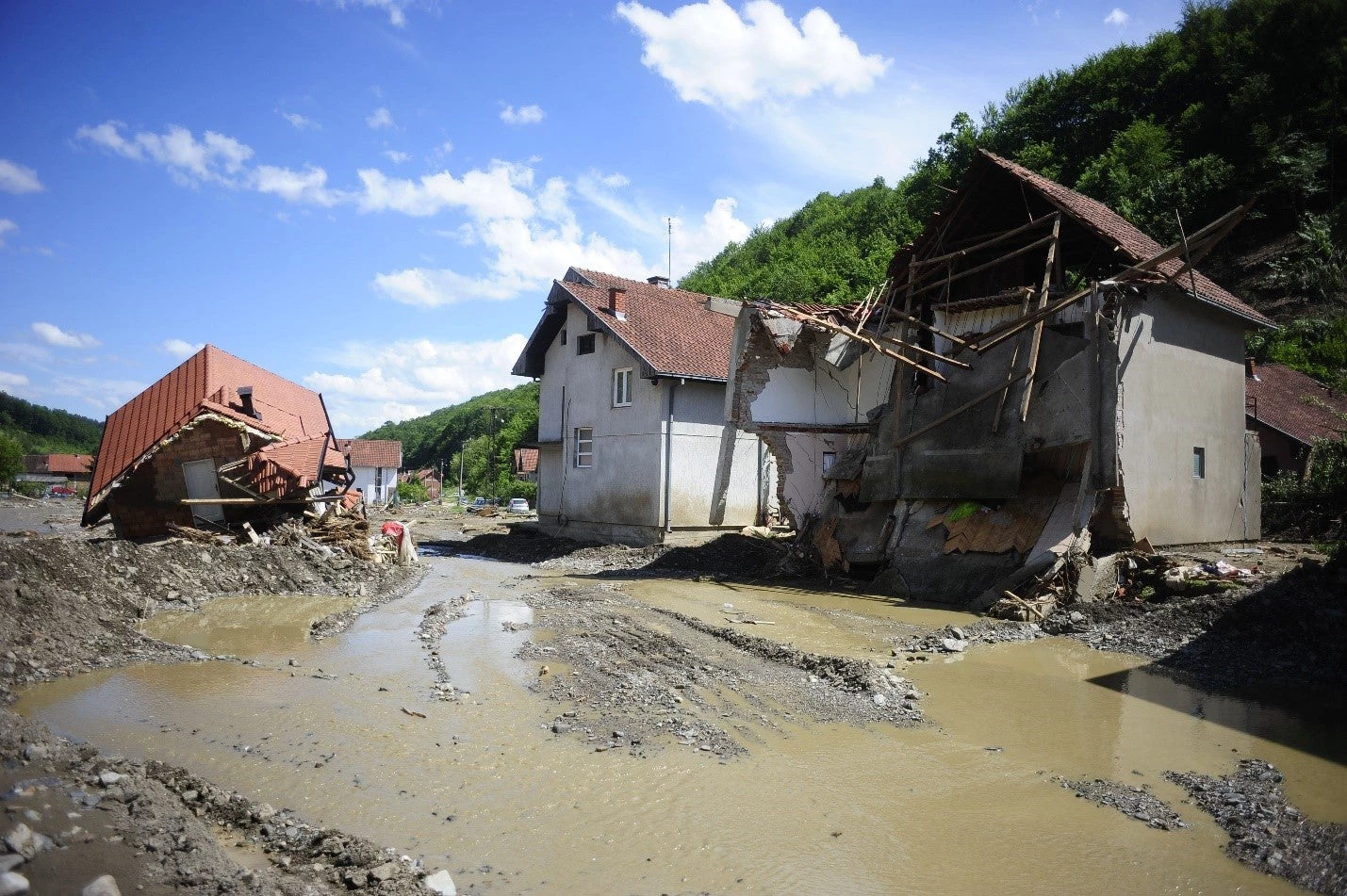
How can we enjoy the benefits these locations bring, without putting ourselves at unnecessary danger from floods?
While it is impossible to fully eliminate flood risk, actions can be taken to minimize the impact.
A proactive river basin-wide approach to flood risk management may be one of the solutions.
With a ‘whole systems’ view to manage water resources and minimize flood risk, it recognizes and balances the relationships and often competing needs of actors and sectors in a given basin.
Bangladesh , for example, is one of the most flood-prone countries in the world. Located downstream of over 50 transboundary rivers, it has little control over river volumes discharged into its territory. Cooperation with countries upstream including India, Nepal and China is hence critical to managing its flood risk.
However, this is easier said than done. River systems often span multiple political boundaries and institutional levels, making coordination complex. In fact, majority of the world’s 263 transboundary basins lack a cooperative management framework.
What are some of the consequences of lacking coordination?
Building a reservoir, diverting flows or changing land use are measures that can impact the functioning of an entire basin. If implemented independently of the whole system, they can simply move risk from one part of the river to another. Uncoordinated flood risk management can thus affect the sustainability of basin resources and increase risks posed by storms and floods.
Achieving effective coordination across different boundaries is often an uphill task, only possible with strong commitment of all stakeholders involved. The European Union’s Floods Directive of 2007 is an example of a framework that fosters cooperation, encouraging countries to carefully consider action which could enlarge flood risks upstream or downstream.
Fragmented flood risk management interventions can also exacerbate inequality . Poor and vulnerable often settle in hazardous places. Careless redevelopment of riverfronts can displace its poorer residents while exposing people and new infrastructure to flood risk. Thoughtful urban revitalization that adopts a river basin-wide perspective- along the Chiveve River in Beira, Mozambique-can improve quality of life for the most vulnerable.
Building on global practice, the World Bank, with support from the Global Facility for Disaster Reduction and Recovery (GFDRR), recently produced a Knowledge Note that provides recommendations and examples of flood risk management at river basin scale, including the following:
- Understand the whole river basin: Knowing how a river system functions is critical to understanding the impacts of various interventions while balancing various interests. For example, Vietnam is divided into 63 administrative zones that do not coincide with river basin boundaries, with each zone responsible for the section of river under its purview. There is a need to integrate knowledge across the zones to make informed decisions.
- Assess downstream impacts of flood management interventions. Potential negative impacts of planned interventions must be evaluated prior to implementation. For instance, the embankment of flood-prone areas may be a cost-effective way to protect local communities. However, the reduced capacity for river flood retention upstream can increase peak flows downstream, threatening infrastructure such as bridges or roads.
- Integrate flood risk management principles into river basin master plans. Flood risk management actions need to consider the perspectives of all river basin stakeholders and sectors such as environment, agriculture, and hydropower. For example, along the banks of the Licungo River in Mozambique, fertilizing floods can make the production of higher-value organic rice crops possible.
- Use technology to promote flood risk management. Advanced technologies such as data monitoring and surveying, simulation modelling, flood risk and hazard mapping, forecasting and emergency support, are tools that can facilitate planning, decision making and cooperation to reduce vulnerability to floods.
This blog was written with input from Adeline Choy, Adri Verwey, Yann Kerblat, and Dzung Huy Nguyen.

Credits: World Bank
- Subscribe to our Sustainable Communities newsletter
- Follow us on Twitter (@WBG_Cities) and Flipboard




Join the Conversation